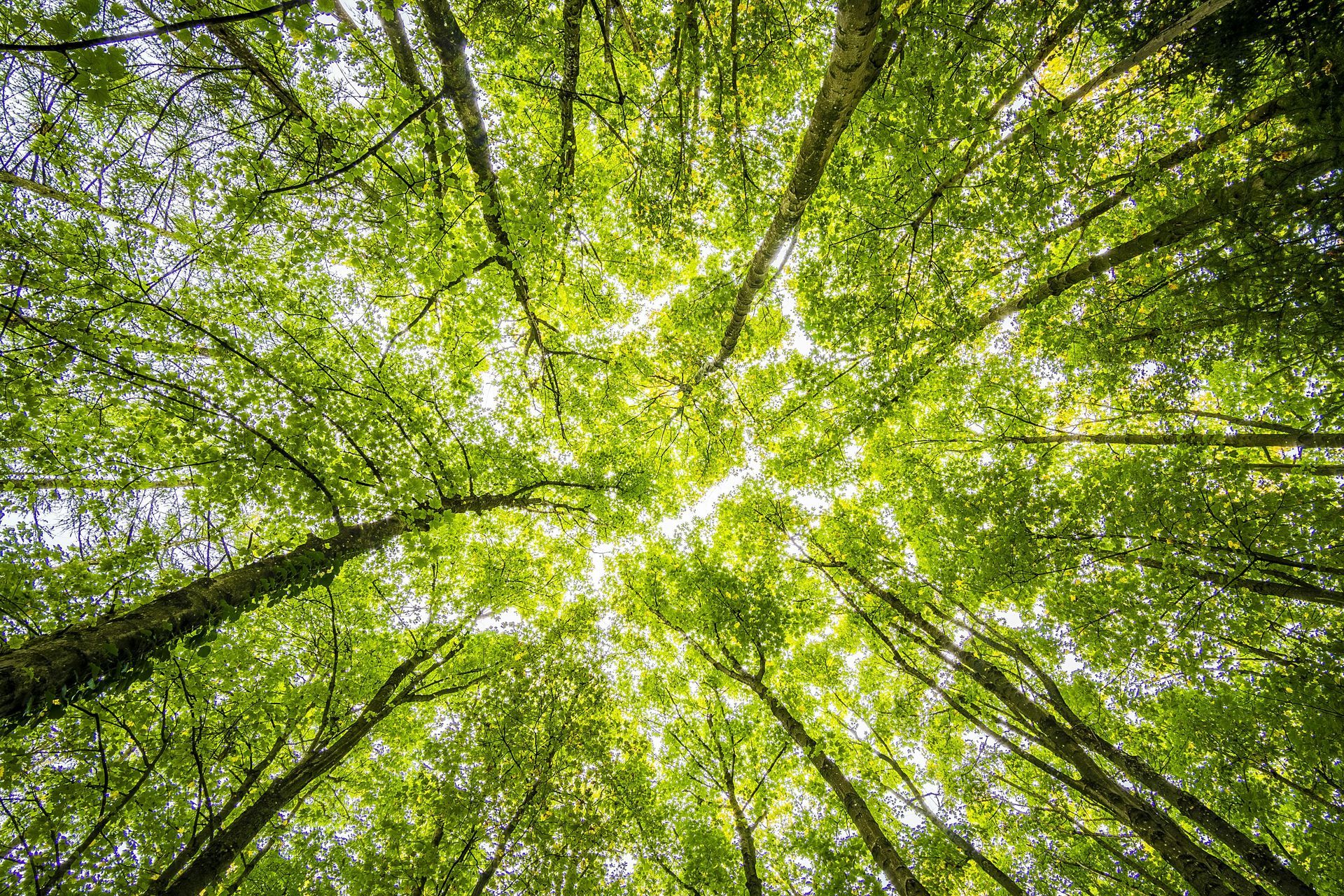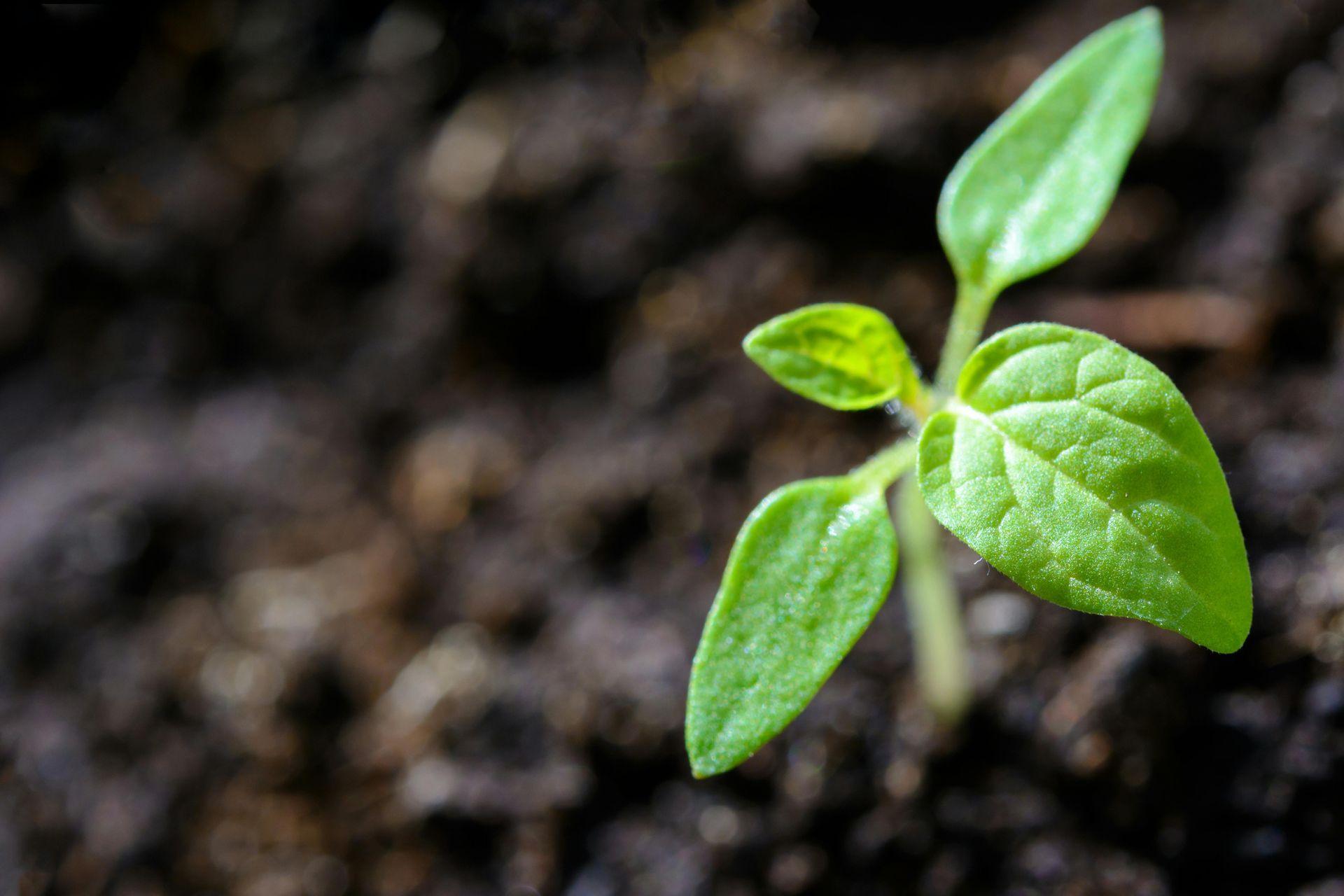Stump Grinding vs. Removal: Which Is for You?
After a tree is removed, the work isn't quite finished. You're left with an unsightly and potentially hazardous stump, an obstacle that can ruin the look of your landscape and get in the way of your future plans for the space. The question then becomes: what’s the best way to get rid of it? The two primary professional methods are stump grinding and complete stump removal. While they might sound similar, they are fundamentally different processes with distinct outcomes, costs, and impacts on your property.
At Aurora Tree Service, we help homeowners navigate this choice every day. Understanding the pros and cons of each method is key to making an informed decision that aligns with your budget, timeline, and goals for your yard. This guide will break down the differences between stump grinding and stump removal to help you determine the best solution for your property.
What is Stump Grinding?
Stump grinding is the most common method for dealing with unwanted tree stumps. The process involves using a powerful machine called a stump grinder, which is equipped with a high-speed rotating cutting wheel that has sharp carbide teeth. The grinder systematically chips away at the stump, turning it into small wood chips and mulch.
The process grinds the stump down to a specified depth below the ground, typically between 6 and 12 inches. This effectively removes the visible part of the stump and the main stump body just below the soil line, allowing you to cover the area with topsoil and plant grass or a shallow-rooted garden. The extensive root system of the tree, however, is left in the ground to decay naturally over time.
Pros of Stump Grinding
- Cost-Effective: Stump grinding is significantly less expensive than full removal. The machinery is smaller, the process is faster, and it requires less intensive labor, all of which contribute to a lower price point.
- Less Invasive: Because only the stump itself is targeted, the surrounding landscape experiences minimal disturbance. There's no large hole left behind, and the impact on your lawn, nearby garden beds, and other landscaping is kept to a minimum.
- Faster Process: A typical stump grinding job can be completed relatively quickly, often in an hour or two, depending on the size and type of the stump. This means less disruption to your day and property.
- Creates Useful Mulch: The grinding process produces a pile of wood chips. This mulch can be used in your garden beds, around trees, or as a natural compost material, turning a problem into a valuable resource for your yard.
Cons of Stump Grinding
- Roots Remain: The primary drawback is that the tree's root system is left underground. While these roots will eventually decompose, this can take many years. They can continue to be an obstacle for future construction or deep planting.
- Potential for Regrowth: In some persistent tree species, new sprouts can emerge from the remaining roots. While not common, it can be a nuisance that requires ongoing management.
- Not Suitable for Construction: If you plan to build a foundation, patio, driveway, or other structure where the stump was, grinding is not the right choice. The remaining roots will decompose, creating voids in the soil that can cause the new structure to sink and crack over time.
What is Stump Removal?
Stump removal is a far more intensive and comprehensive process. It involves pulling the entire stump and its major root ball out of the ground. This is typically accomplished using heavy machinery like backhoes, excavators, or tractors equipped with chains and levers to forcefully extract the entire root structure. This method leaves a large hole in your yard that will need to be filled with topsoil or other material. While it is a much more disruptive process, it provides a completely clear slate for any future projects.
Pros of Stump Removal
- Complete Elimination: Stump removal eradicates the entire stump and the main root ball from the property. This eliminates any chance of regrowth and removes all underground obstructions.
- Ready for Construction: This is the only suitable method if you plan to build a structure, pour a concrete slab, or plant a new, large tree in the same spot. It provides a stable ground free of decaying organic matter.
- No Lingering Roots: You won't have to worry about old roots interfering with future landscaping, plumbing, or utility line work. The space is completely clear, both above and below the ground.
Cons of Stump Removal
- High Cost: Stump removal is a labor-intensive and time-consuming process that requires heavy equipment. As a result, it is significantly more expensive than stump grinding.
- Major Landscape Disruption: This process will leave a large crater in your yard where the stump and roots were. The heavy machinery can also cause damage to the surrounding lawn. The cost and effort of filling the hole and repairing the landscape should be factored in.
- Time-Consuming: Extracting a large root ball can take several hours and is a much more involved project than grinding.
- Disposal is an Issue: Once removed, you are left with a massive, heavy stump and root ball that must be disposed of. This can be difficult and often incurs additional costs.
How to Choose: Guidance from Aurora Tree Service
As you can see, the right choice depends entirely on your specific circumstances. At Aurora Tree Service, our experts will ask you a few key questions to guide you to the best solution:
- What are your future plans for the area? This is the most important question. If you plan to build anything (a deck, foundation, shed, or patio) or plant a new tree, complete stump removal is necessary. For simply planting grass or a shallow flower bed, stump grinding is the perfect solution.
- What is your budget? For most homeowners who just want to get rid of an eyesore and reclaim their lawn, the cost-effectiveness of stump grinding makes it the clear winner. If your budget is tight, grinding provides an excellent result for a fraction of the cost of removal.
- How quickly do you need it done? If you're on a tight schedule, stump grinding is a much faster process with less subsequent cleanup and landscaping work required.
- Are you concerned about environmental impact? Stump grinding is generally considered more environmentally friendly. It uses less powerful machinery, causes less soil disruption, and repurposes the stump into useful mulch right on-site.
Trust the Experts at Aurora Tree Service
Whether stump grinding or full removal is the right path for you, both jobs require professional expertise and equipment to be done safely and effectively. The team at Aurora Tree Service has the skills and machinery to handle any stump, no matter the size or location. We pride ourselves on providing clear, honest advice to help our clients make choices that best suit their needs and budget. We don't just get rid of the stump; we ensure the job is done right, with minimal impact on your property and a clean, tidy finish.
Don't let that old tree stump dictate your landscape's potential. Contact Aurora Tree Service today for a free consultation and let our experts help you decide between stump grinding and removal.
Meta Information
Meta Title: Stump Grinding vs. Removal | Aurora Tree Service
Meta Description: Unsure whether to grind or remove a tree stump? Aurora Tree Service explains the pros, cons, and costs of each method to help you choose the best option.



